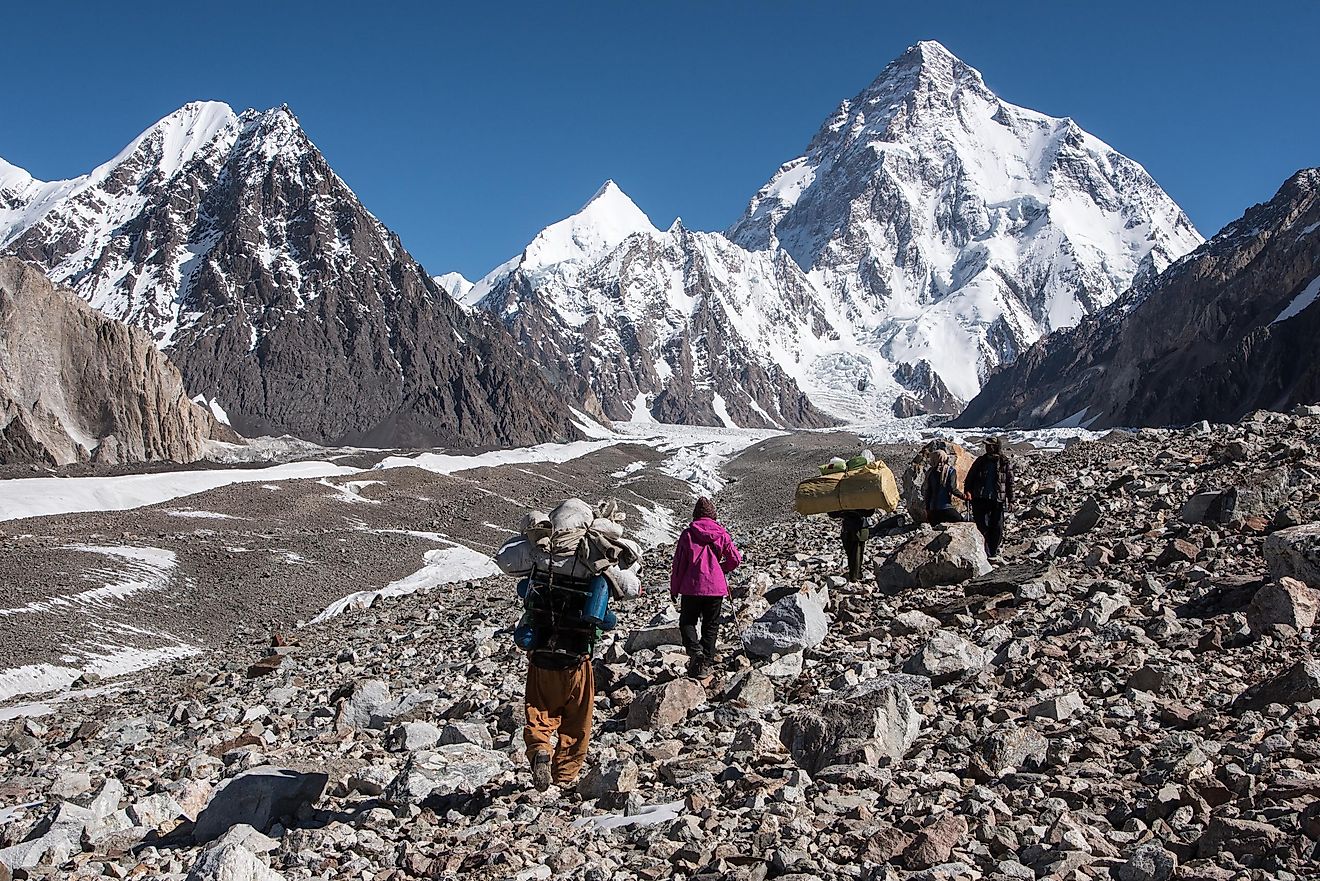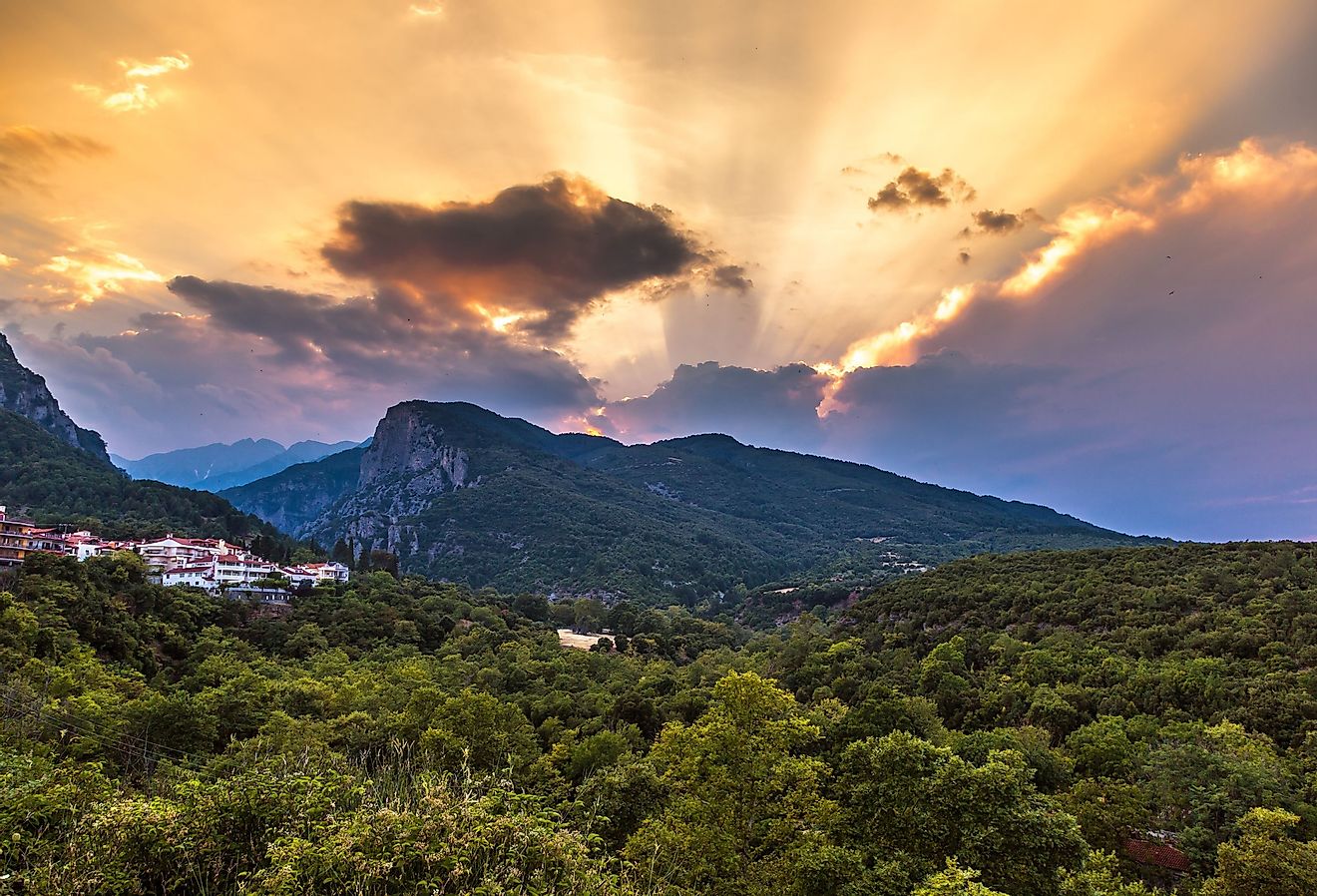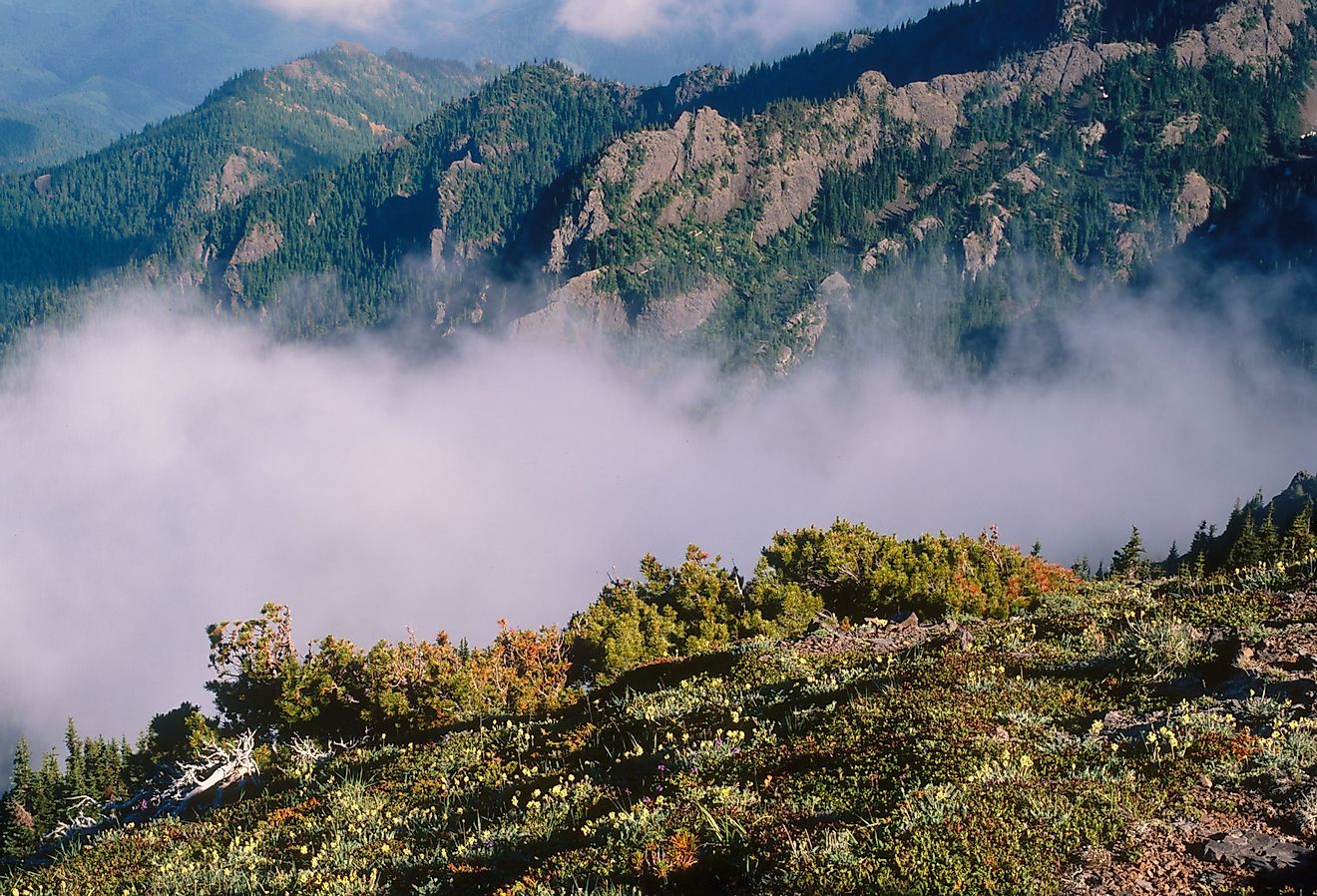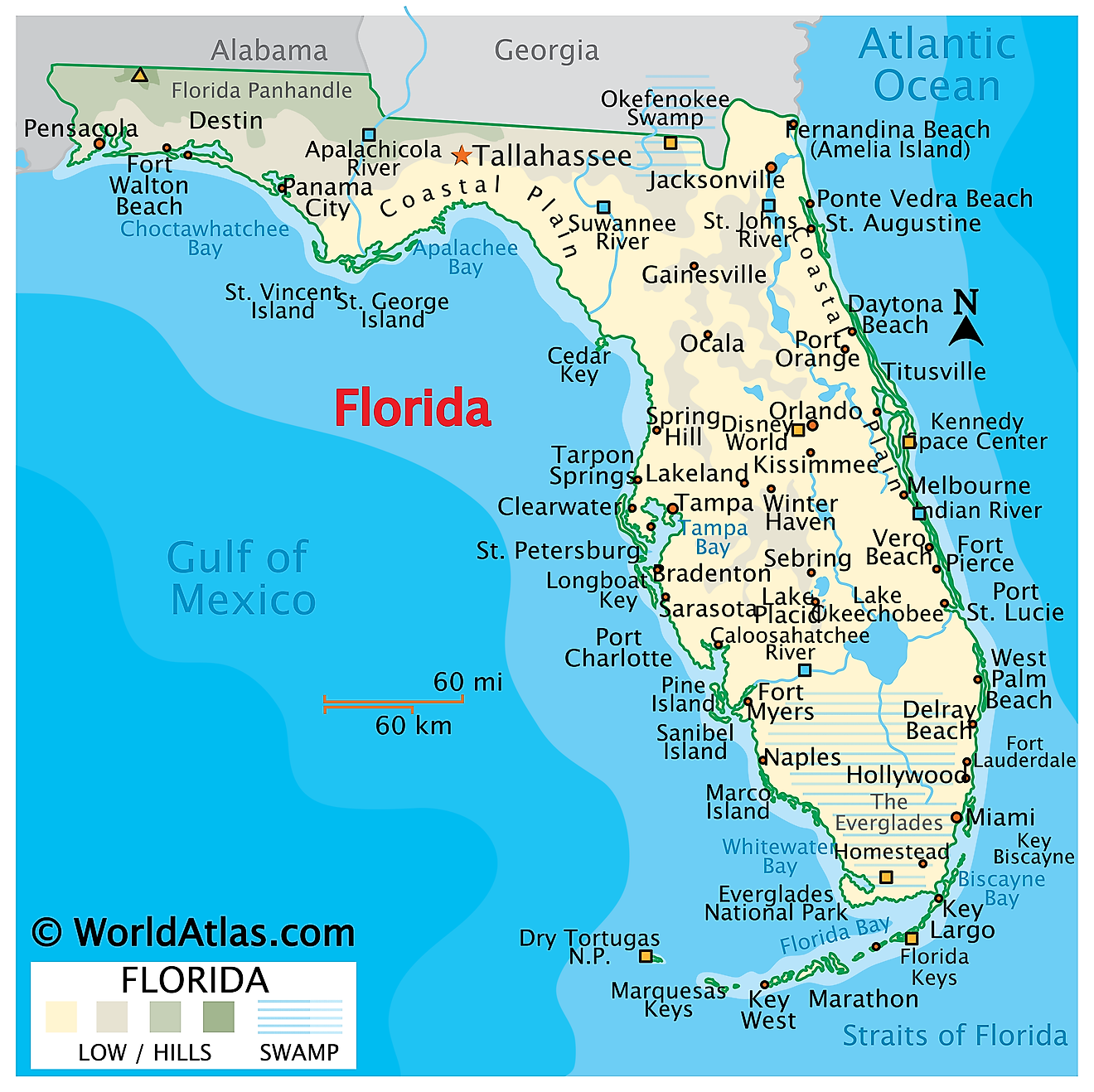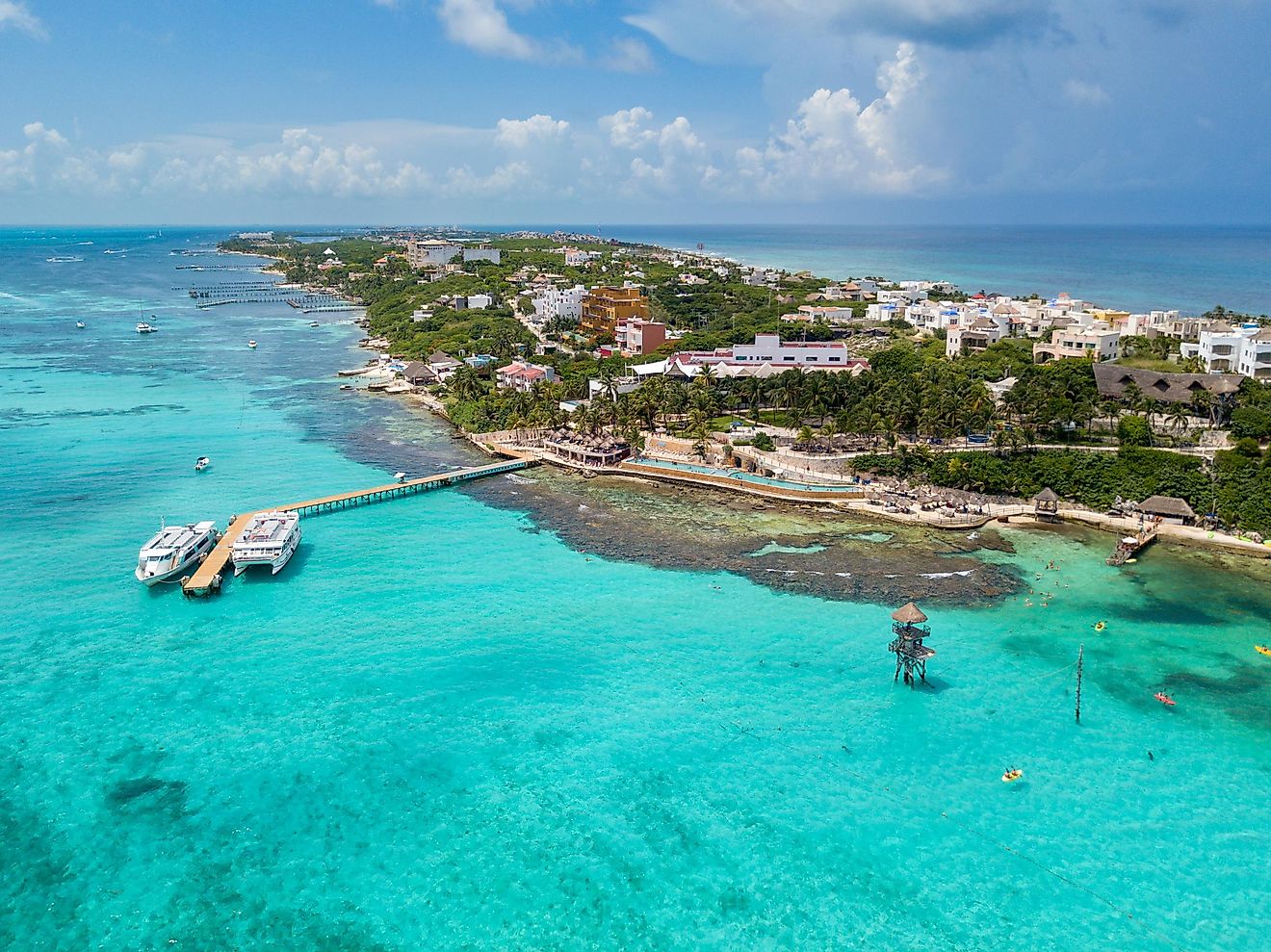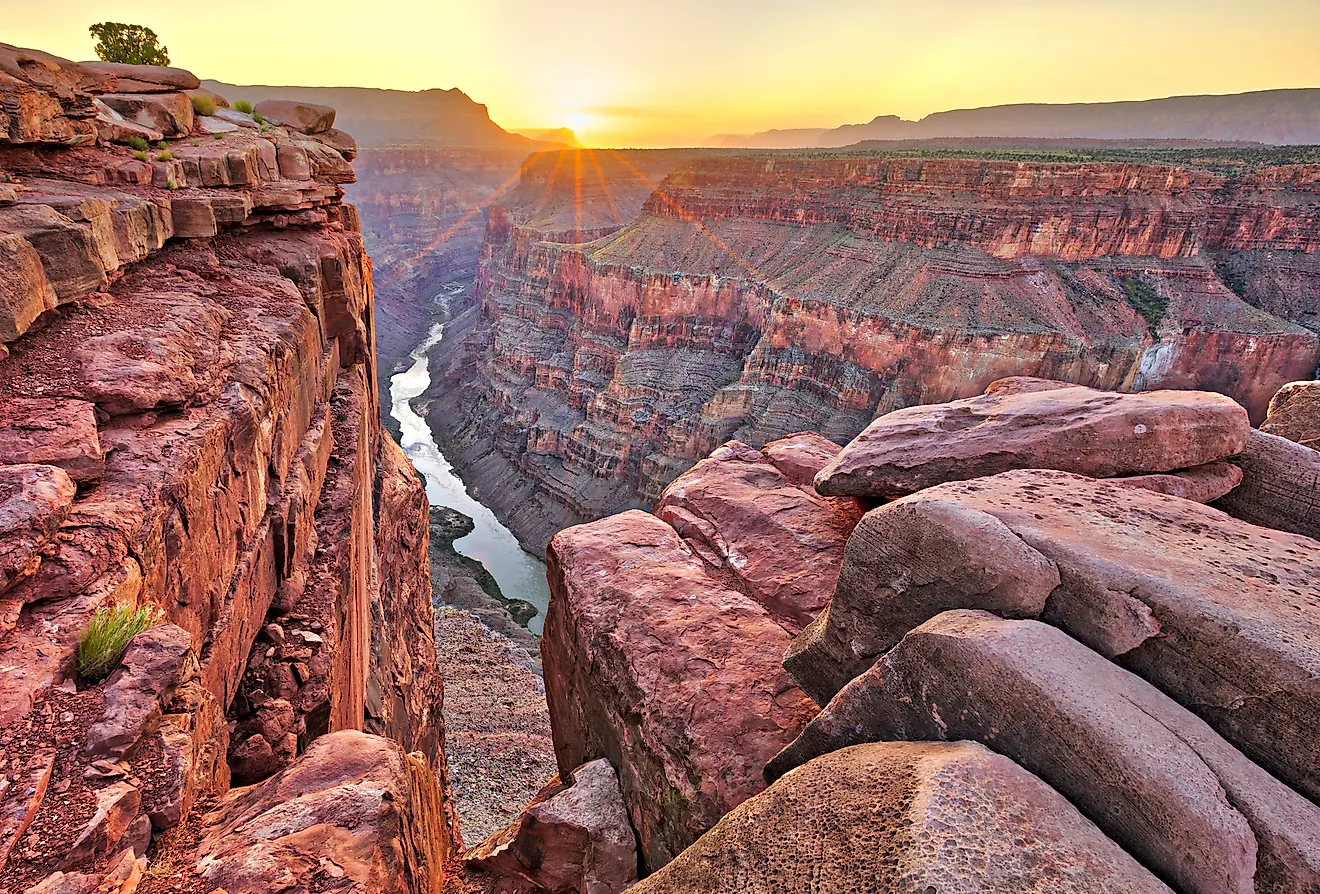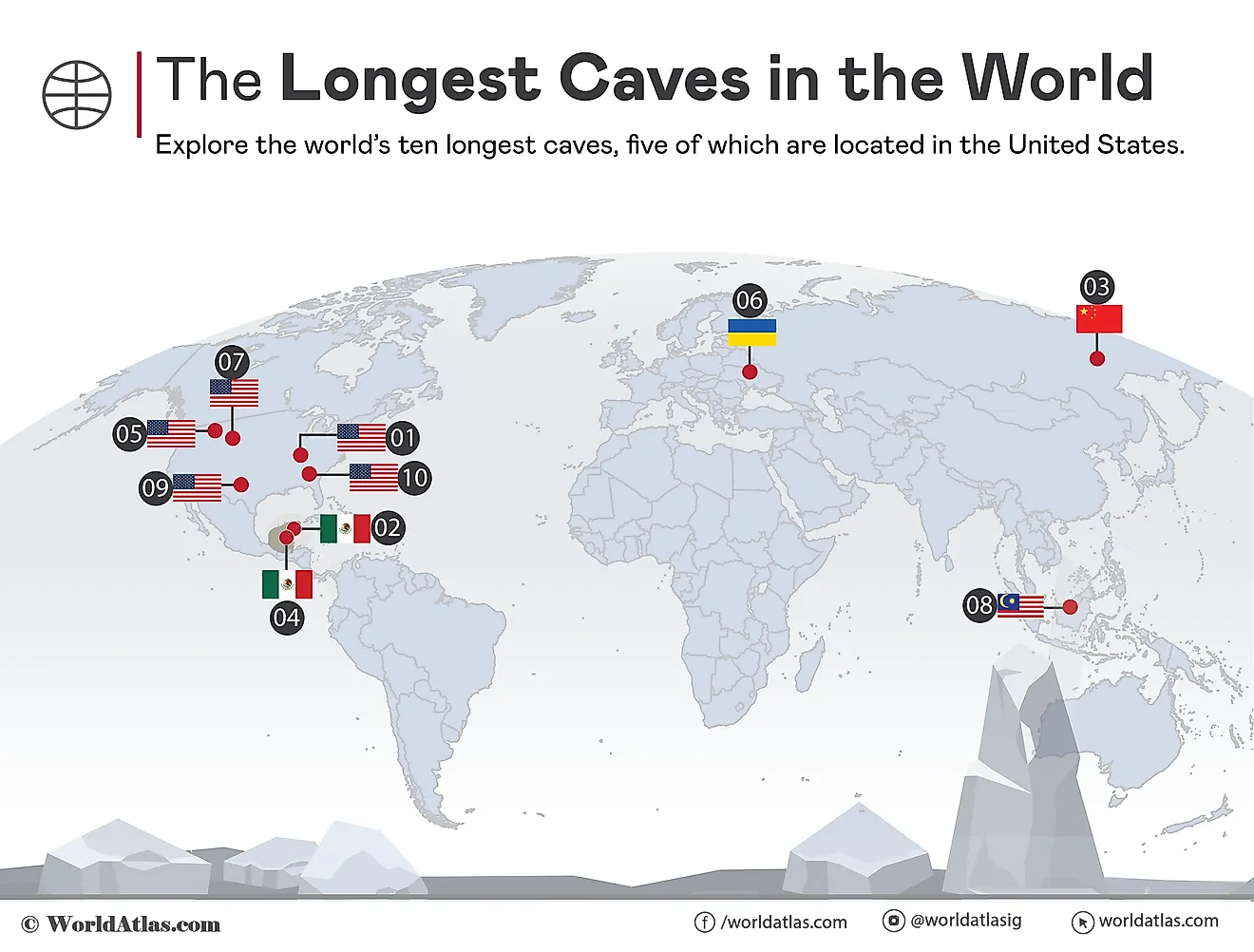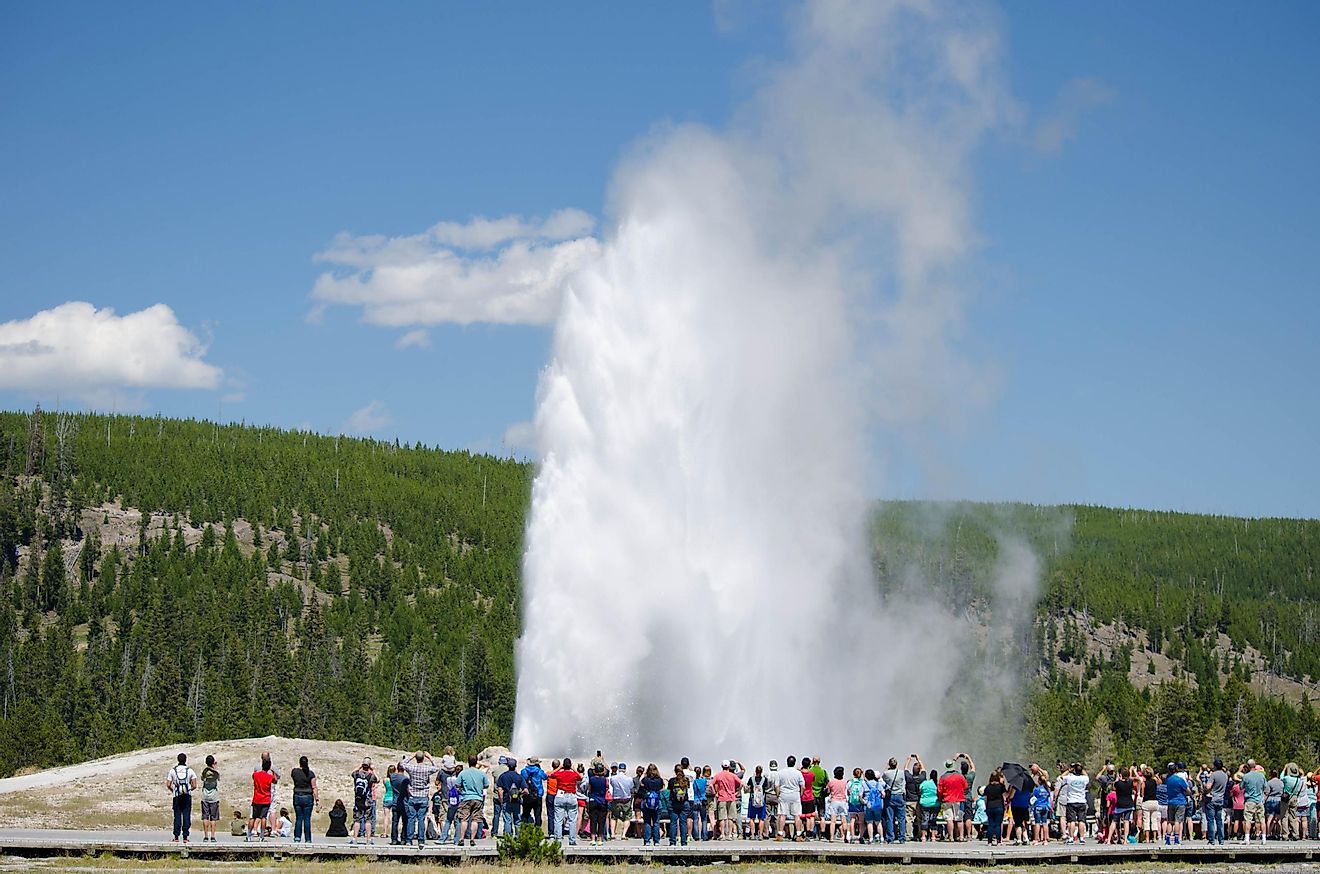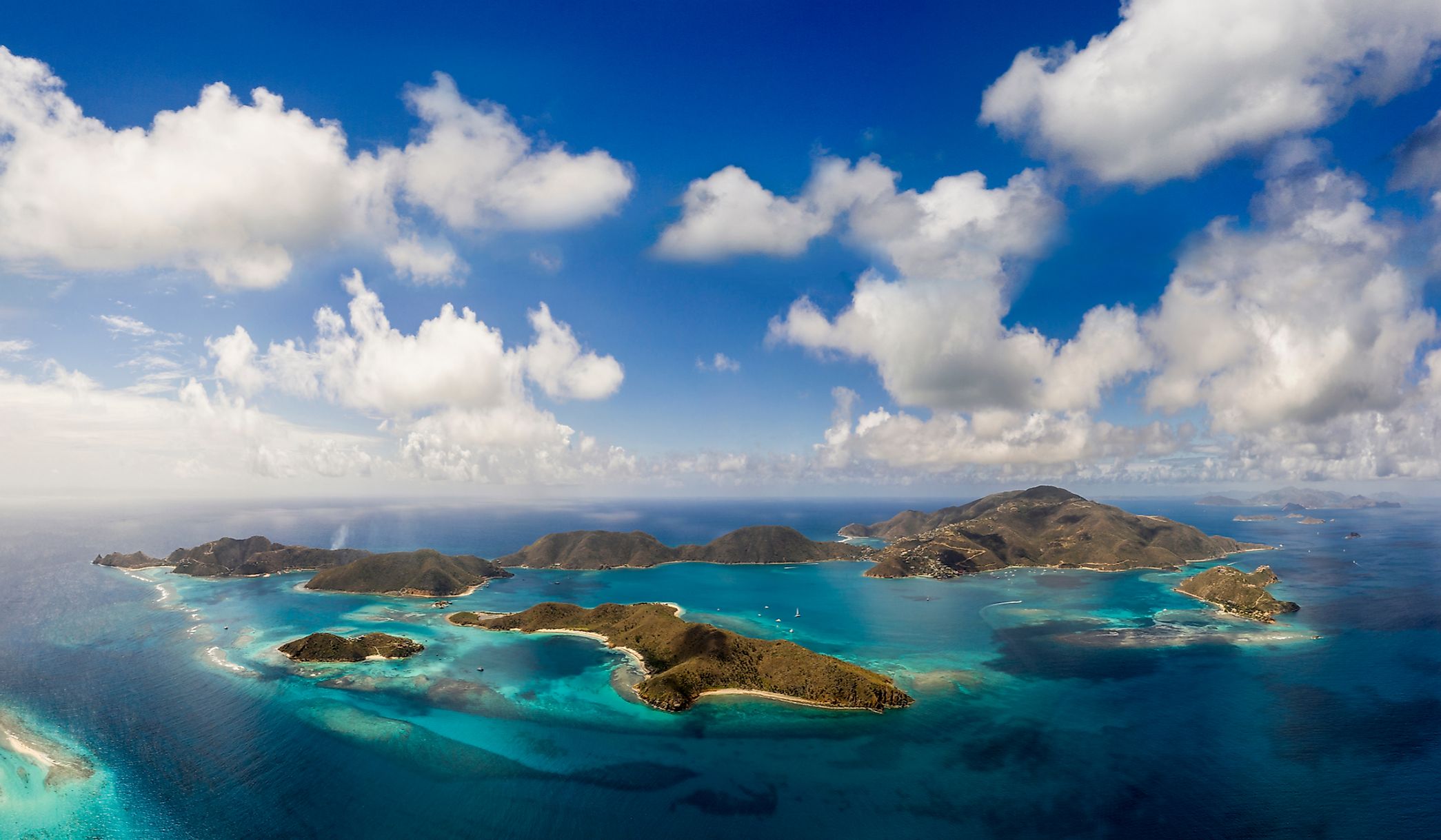
British Virgin Islands
The British Virgin Islands are an Overseas Territory of the United Kingdom that is located in the northeastern Caribbean and is surrounded by the Caribbean Sea and the North Atlantic Ocean. The islands form a part of the Virgin Islands archipelago and are positioned in the Leeward Islands group of the Lesser Antilles.
The British Virgin Islands are situated to the east of Puerto Rico and the US Virgin Islands and northeast of Anguilla. Covering a total area of 153 km2, the British Virgin Islands comprises four principal islands and over 50 smaller islands and islets. The four major islands are Anegada, Tortola, Virgin Gorda and Jost Van Dyke. The smaller islands include Great Tobago, Cooper, Norman, Great Thatch, and Marina Cay, among others.
Geography
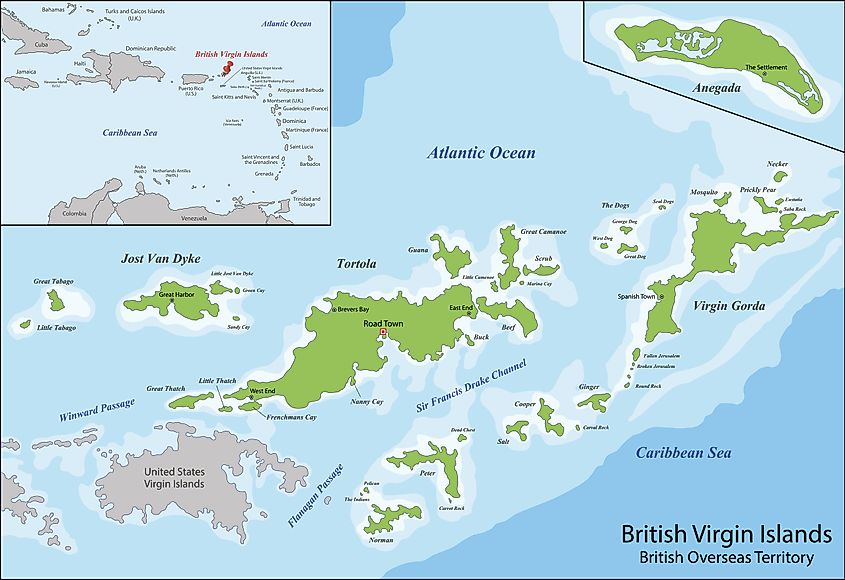
The British Virgin Islands are mostly volcanic in origin and are believed to be an extension of Puerto Rico’s central fault-block mountains. The islands feature a hilly, rugged terrain with several low mountains, lagoons, coral reefs, and beaches.
With an area of 55.7 km2, the mountainous island of Tortola is the largest and the most populous of the British Virgin Islands. Located on Tortola Island is Mount Sage, which rises to an elevation of 530 m and is the highest point in the British Virgin Islands.
With an area of 38 km2, Anegada is the second-largest and the northernmost island in the British Virgin Islands. Anegada is geologically distinct as it is not volcanic in origin, unlike the other islands in the group. Anegada is a flat and low coral island that features a 29 km-long horseshoe reef and white sandy beaches. The island also consists of several salt ponds on its western part that are home to the famed Caribbean flamingos and numerous other avian species.
With an area of 21 km2, Virgin Gorda is the third-largest and the second-most populous island in the British Virgin Islands. The island hosts a unique geological formation known as “The Baths” that comprises several exotic pools and other features that have been formed by huge granite boulders piled on the island’s sandy beaches.
With an area of only 8 km2, Jost Van Dyke is the smallest among the four principal islands of the British Virgin Islands. Majohnny Hill, which rises to an elevation of 321 m, is the highest point on the Jost Van Dyke island.
The British Virgin Islands experience a “tropical rainforest climate” with very little temperature variations throughout the year. The climate of the islands is moderated by the trade winds that continuously blow over the islands from the northeast. The British Virgin Islands faces a ‘wet season’ from September to December and a ‘dry season’ from February to July.
Wildlife
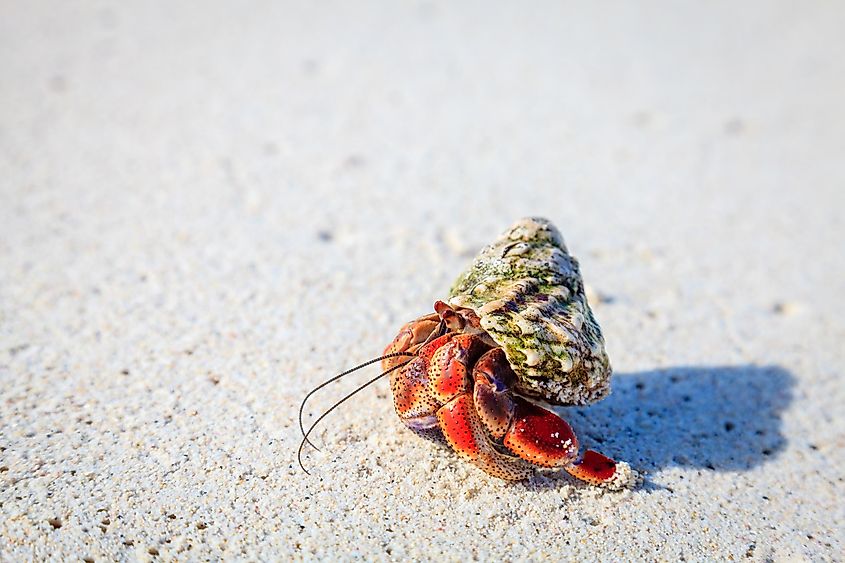
Some of the notable trees that are found on the British Virgin Islands are flamboyant trees, soursop, breadfruit, coconut palms, and mangoes. Various species of cactus, grass, sugarcane and acacia are grown in the lowland areas. Several species of birds, deer, and other small animals are found in the island’s woodland areas. Numerous fish species including tarpon, sailfish, marlin, and wahoo have been recorded in surrounding waters.
Brief History
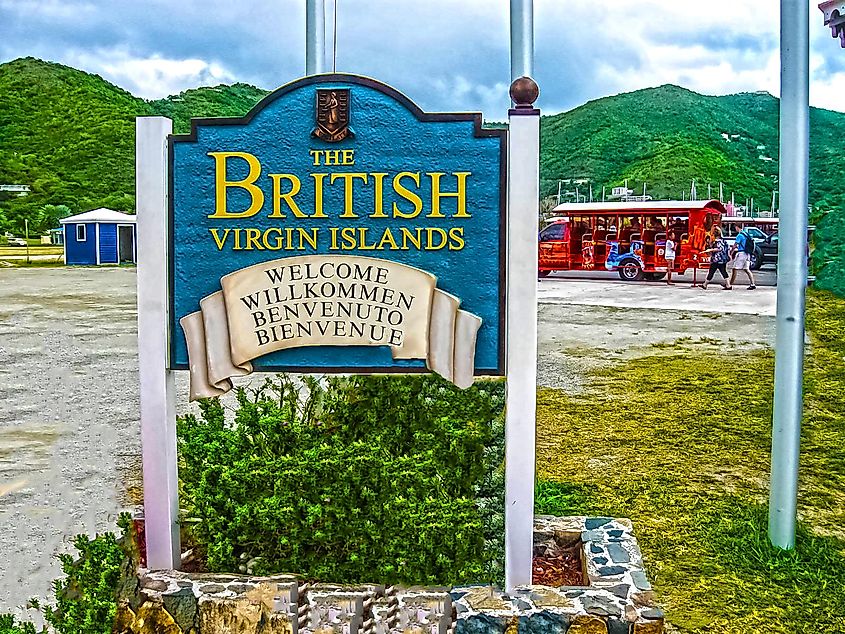
It is believed that the British Virgin Islands were originally inhabited by the Indigenous Arawak people. During the 15th century, the Arawaks were expelled from the islands by the aggressive Caribs. In 1493, the Italian explorer Christopher Columbus became the first European to visit the islands. Columbus named the islands “Santa Úrsula y las Once Mil Vírgenes.” The name was later shortened to the Virgin Islands. At the beginning of the 16th century, the islands were claimed by the Spanish, but they never settled on these islands and in subsequent years the islands became a favorite place for the pirates. The largest island, Tortola, was first settled by the Dutch in 1648. However, a group of English planters took over Tortola from the Dutch in 1672 and annexed it to the Leeward Islands which were administered by the British. In 1960, the Virgin Islands became a distinct Crown Colony. The colony eventually became an Overseas Territory with the promulgation of the British Overseas Territory Act in 2002, allowing its inhabitants to become British citizens.
